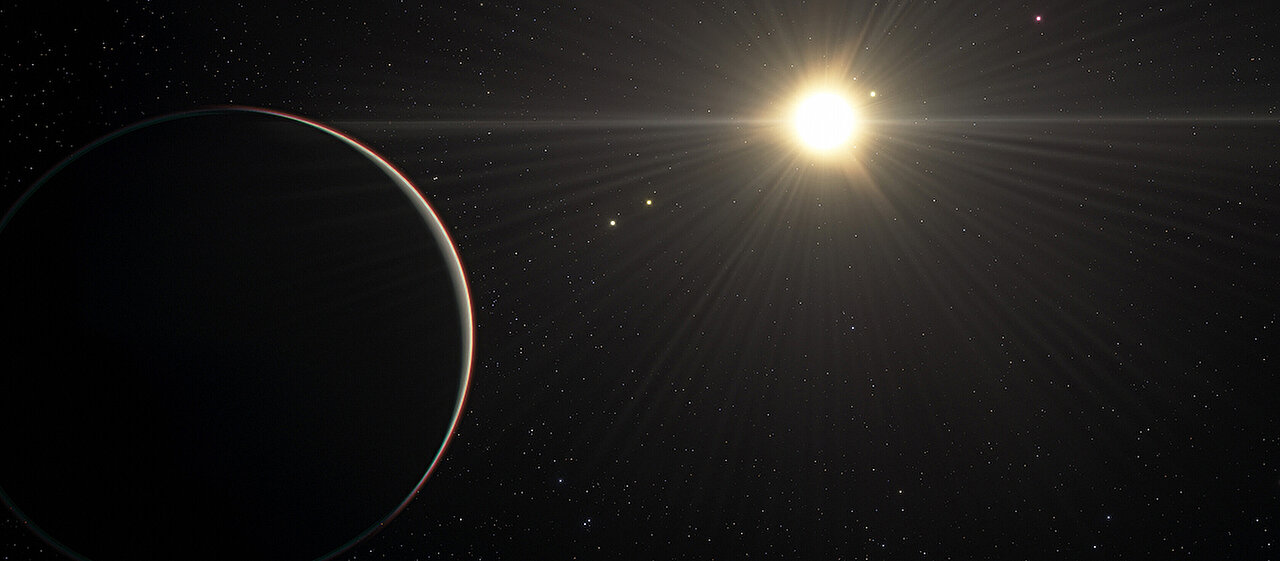Researchers have studied in detail the intermediate-class planets, which are called sub-Neptunes, meaning they have masses greater than Earth’s but less than Neptune’s. They, for unknown reasons, are of two kinds, and in sorting out what that reason is, scientists have unexpectedly learned something new about the evolution of star systems.

Sub-Neptunes
An international team of scientists recently published a study that was able to explain one surprising feature of sub-Neptunes. These exoplanets, which have masses greater than Earth’s but less than Neptune’s, are somehow divided into two different classes based on their density.
Generally speaking, sub-Neptunes are the same as super-Earths. Or not the same thing. The theories on this are based on estimates of their density. Theoretically there should be some kind of relationship there that showed how the proportion of water and gases increased with increasing size. But despite the fact that these worlds are the most common in space and every second or third sun-like star has at least one, it has not been possible to establish this.
And that’s because all sub-Neptunes with masses measured by passing through the disk of the luminary appear to be less dense than those for which it has been determined by the radial velocity method. The latter method means that as the planet rotates, the lines in the spectrum of its star shift from blue to red.
Population study of sub-Neptunes
One might suspect that it’s all about the peculiarities of the measurement method itself. However, scientists have noticed that most of the systems in which the masses of sub-Neptunes have been measured through transit time measurements are resonant.
This means that there are several planets with orbital periods correlated as integers. There is nothing at all mysterious about the very fact of the alignment of the circulation periods. However, the researchers thought that it might have something to do with the recorded differences in density.
So the researchers began to study the density of planets in all resonant systems. They ruled out the possibility of statistical error, given the fact that mass in a world with a large orbital period is usually not determined by the transit method due to the fact that the time between two passes is very large.
When they did, it became obvious that the method itself is not tied to density in any way. It is all about exactly whether the system is resonant or not. In all cases where the orbital periods of the planets were “aligned” due to their gravitational interaction, the sub-Neptunes appeared to be lighter than in cases where this was not the case.
Unusual theory of systems evolution
Sub-Neptunes turned out to be not as mysterious as it seemed. However, the connection between resonant systems and density must somehow be explained. For this purpose, scientists have put forward a theory that could overturn our view of the evolution of worlds.
According to it, at the dawn of its existence at some point absolutely all systems become resonant. But then 95% of the time the strict harmony is broken. The planets begin to collide with each other, causing the density of the sub-Neptunes to increase. The others remain with relatively light planets.
According to phys.org


